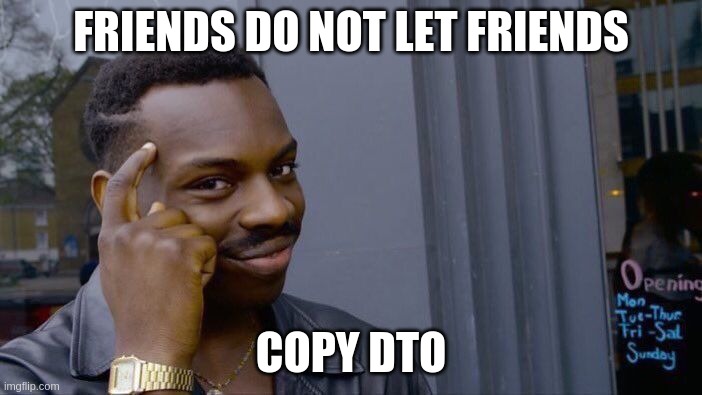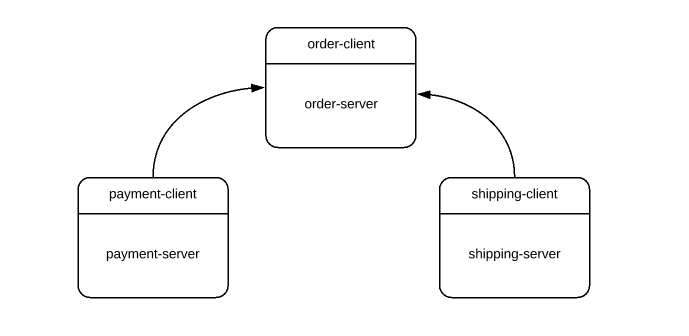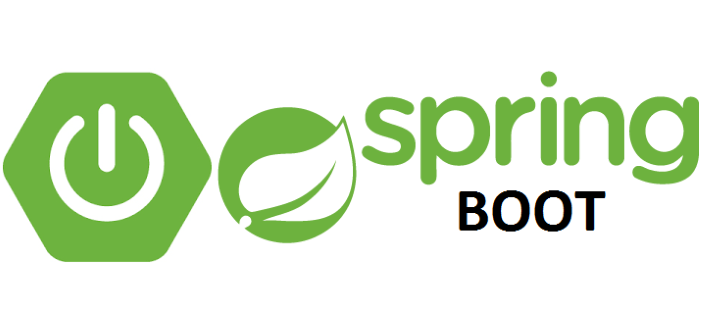Overview:
Over the years, MicroServices have become very popular. They are smaller, modular, easy to deploy and scale etc. However MicroService architectures do have some challenges. MicroServices have specific responsibilities. In order to complete an application workflow / a task, multiple MicroServices might have to work together. For example, an user would like to buy a product in a web application providing his payment information and address for shipping. Here we could have 4 different MicroServices involved to complete the workflow.
- user-service
- order-service
- payment-service
- shipping-service
MicroServices communicate among themselves using contracts! That is, If the order-service needs to talk to the payment-service for payment processing, order-service needs to know how to send the request to the payment-processing like the required information for processing. Similarly it should also know what to expect from the payment-service. It is called contract in the MicroServices world! This contract should not break or other service developers should be informed about the breaking changes.
Note: If you are using protocol-buffers/gRPC, you are good as you would not face this issue. So you can skip. Otherwise you should read 🙂
Contract:
A payment-service might expect a request with below format to process an incoming request.
{
"user":{
"firstName":"vins",
"lastName":"vins",
"address":"123 non-main street"
},
"payment":{
"creditcard":"vins",
"expiryMonth":"12",
"expiryYear":"2030",
"amount":"100",
"currency":"USD"
}
}So order-service must send the request in the above format for payment processing. Payment-service could process that successfully and send a response with status to the order-service. So that based on the status, order-service might take appropriate action. Order-service and Payment-service could have some models as shown here to send the request and receive the response.
public class User {
private String firstName;
private String lastName;
private String address;
// getters & setters
}If the payment is successful, order-service might contact the shipping-service to ship the product. Again the contract for the shipping-service could be different!
{
"user":{
"firstName":"vins",
"lastName":"vins",
"address":"123 non-main street",
"phone" : "123-123-1231"
},
"product":{
"id": "TV123",
"quantity": 1
},
"shippingMethod": "ground"
}The problem here is that, We need models (Java classes) to represent the request and response objects in each MicroService.
Common Mistake 1:
Often developers copy the DTOs from 1 microservice (payment-service) into other microservice (order-service)! Of course this is a bad practice and it leads redundant code maintenance.

Common Mistake 2:
Sometimes developers create a separate maven module for common DTOs. For example, their project structure would be as shown here.
shopping-cart
common-dto
- userDto
- paymentDto
- productDto
user-service
order-service
payment-service
shipping-serviceEach microservice would be adding the common-dto as maven dependency. Now it sounds like a good solution. There is no redundant code here. In future if we need to include, say an ‘id’ field for user, updating UserDTO in the common-dto module is enough.
Even though it sounds like a good solution it is actually not! When we dive deeper into the each microservice requirement, we could understand that better. One thing what we need to understand is user model in the payment-service is not same as the user model in the shipping-service or user model in the user-service!!
For example, each and every microservice could represent the user more or less as shown here.
- payment-service:
"user": {
"firstName":"vins",
"lastName":"vins",
"address":"123 non-main street"
}- shipping-service:
"user": {
"firstName":"vins",
"lastName":"vins",
"address":"123 non-main street",
"phone" : "123-123-1231"
}- order-service:
"user": {
"id" : "43445",
"orders": [
{
"id" : "2232",
"itemId": "TV123",
"date": "01/01/2020",
"status": "complete"
}
]
}So, we can not create a common user model which can be used across all the Microservices. We could also have a simple validation in the DTOs. For example, shipping-service must want to have a phone number of the user to send the shipping status. So we might throw an IllegalStateException before sending the user model to the shipping-service without the phone number. But payment-service might not need this information at all. So you might not want an exception when you call the payment-service with the common user model.
The real challenge here is – we need to reduce the code duplication. But at the same time we also can not generalize any model to use across all the services.
Then how to solve this problem!!?
Services With Client Library:
If you want to use a Database, say Postgres, you need a client library to connect to the DB. There is no common library! Each service provider provides their own library! In this case, Postgres provides a Java library. Similarly MongoDB provides their own library. If you take any application or service, like AWS, they provide their own java library to use their services. We are going to apply the same concept here!
Each MicroService is independent, has specific responsibilities, looks for specific information in specific format from other services to process any request (contract). In this case, only the MicroService can share the models with other services. So we would be restructuring our project as shown here.
shopping-cart
user-service
user-client
user-server
order-service
order-client
order-server
payment-service
payment-client
payment-server
shipping-service
shipping-client
shipping-serverThat is, each microservice would be a multi module maven project and would contain at-least 2 modules. client and server.

The client module would contain all the DTOs and the server module would contain the service, entity, controller classes. Since the controllers are ones which would be receiving the incoming requests, server module also need the DTOs. So in this case, payment-server would include payment-client as a maven dependency.
shopping-cart
payment-service
payment-client
payment-server
shipping-service
shipping-client
shipping-server
order-service
order-client
order-server
mvn: order-client
mvn: payment-client
mvn: shipping-clientIn the above structure, order-server module includes the below maven dependencies to get the required DTOs. So that it can get shipping-service user model from the shipping-client library and the payment-service user model from payment-client.
order-client
payment-client
shipping-clientSample Code:
You can take a look at this sample project I have created as explained above. We have 2 services.
rating-service
user-serviceUser wants to rate a product he has bought. So the user-service needs the DTOs for making the request to the rating-service. So it includes the rating-client library.
rating-service
rating-client
rating-server
mvn: rating-client
user-service
mvn: rating-clientAdvantages:
- No code duplication.
- Specific models for specific services are used.
- Service specific validation can be included in the client library.
- Contract breaking changes can be communicated via library version easily.
- We can provide backward compatibility.
Happy coding 🙂


I am in fact pleased to read this website posts which contains lots of helpful information, thanks for providing such information.
Awesome article, I have a question, what happen if we need our service be language agnostic? I mean, other team maybe like it implement their own project on GOLANG or RUST. So should I implement a client library for each of those languages? If that is right and we have to, so we are facing duplication of code and maintenance of it not just in one language but on many languages. I am right? What are your recommendations? Thank you
It is a great question. I would suggest you to use protobuf for that. https://www.vinsguru.com/protobuf-a-simple-introduction/
Fantastic explanation.. I have a doubt, What happen if we need to implement this client-library concept into our multiple working services? Will this break well functioning services if its need to tweak each of those applications?
why do you want to change an already working service 🙂 ?
There is a couple of services built few years ago, To the inter-microservices call they have implemented the copies of DTO’s wherever required. And what happen if we need to implement this client-library concept into our multiple working services? Do we need to modify these existing services to implement client-library specification when we add a new service?